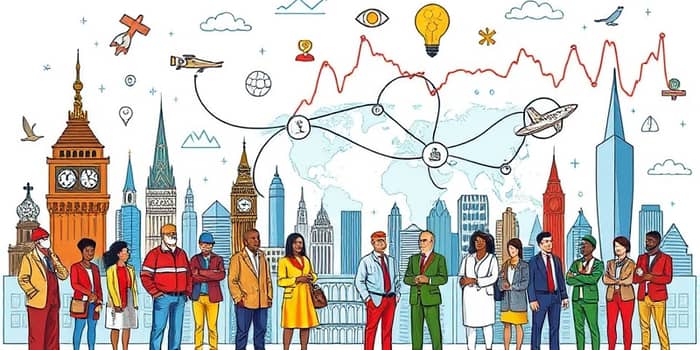
As the world economy enters a period of heightened uncertainty, leading institutions have collectively lowered their expectations. This convergence of pessimistic projections underscores the scale of the challenges ahead—and the urgent need for coordinated action.
Earlier this year, the World Bank, IMF, OECD and UNCTAD all issued stark warnings about growth. Their assessments point to the slowest global expansion in decades outside of a recession.
Global growth forecasts for 2025 now range from 2.3% to 3.3%, down significantly from initial expectations. Nearly 70% of economies have seen downward revisions, highlighting record-high policy uncertainty levels.
Several interlinked forces have led to these cuts, each adding to the complexity of the recovery:
While the global average paints a sobering picture, regional dynamics differ markedly. Understanding these nuances is vital for tailored responses.
Slower growth need not translate into stagnation. By embracing strategic reforms and fostering innovation, stakeholders can turn headwinds into catalysts for change.
At the policy level, governments can:
Businesses and investors should:
This moment calls for shared global economic responsibility. No single country or corporation can navigate these challenges in isolation. By aligning on trade rules, fiscal support and sustainable investment, we can avert deeper slowdowns and pave the way for equitable progress.
Individuals can contribute by upskilling, supporting local enterprises, and advocating for policies that foster inclusion and innovation. Together, we can shape a future where growth is both sustainable and inclusive.
While the downgraded forecasts remind us of the obstacles ahead, they also spotlight the power of collective resolve. Through innovative solutions for resilience and unwavering cooperation, we can transform a period of caution into one of shared opportunity.
References













